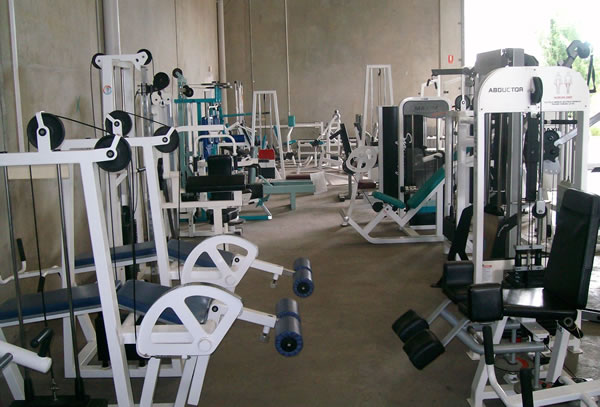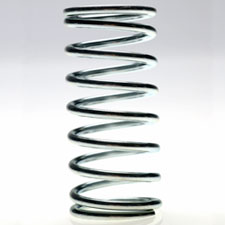 I know it takes time for paradigm shifts to occur, and I do believe that strength and conditioning is going in the right direction, but I still see people in the gym that are stuck in the 80s with their training techniques. Here are a few questions for you if you are still training muscle groups and trying to do isolation exercises.
I know it takes time for paradigm shifts to occur, and I do believe that strength and conditioning is going in the right direction, but I still see people in the gym that are stuck in the 80s with their training techniques. Here are a few questions for you if you are still training muscle groups and trying to do isolation exercises.1. Can we really "Isolate" a particular muscle?
It is actually impossible to "Isolate" a particular muscle. Even the most strict bicep curl would require core stabilization, leg activation, scapular stabilizers and forearm flexors and extensors. How can we really call this exercise an "Isolation" exercise.
2. Is there a time and place for isolation exercises?
I suppose that for the initial stages of rehabilitation, or if you happen to be terrible at coordinating movements, some "isolation" exercises may be beneficial, but I would highly recommend taking the training wheels off and progressing as quickly as possible.
3. Is there a benefit to training muscle groups?
If you were a body builder (and I know a few people who are) then I can see this as being a good way of training. For most people who are training for strength, fitness, or weight/fat loss, I think it is a lost cause. People need to shift their thinking to training movements (pushes, pulls, lifts, drags/carries, tosses/throws).

It is ironic that most gyms are full of equipment/machines that minimize movement and variability. These machines are typically only good for one movement or "muscle group" (and are often very expensive for gyms to buy). It is also ironic that people are so scared to use anything other than machines for fear that they are going to injure themselves. However, if you happened to get out of bed this morning, go up or down stairs, carry groceries or a bag and tie your shoes, without injury, you qualify for access to the other parts of the gym where you can practice good movement and work to achieve your fitness goals.









